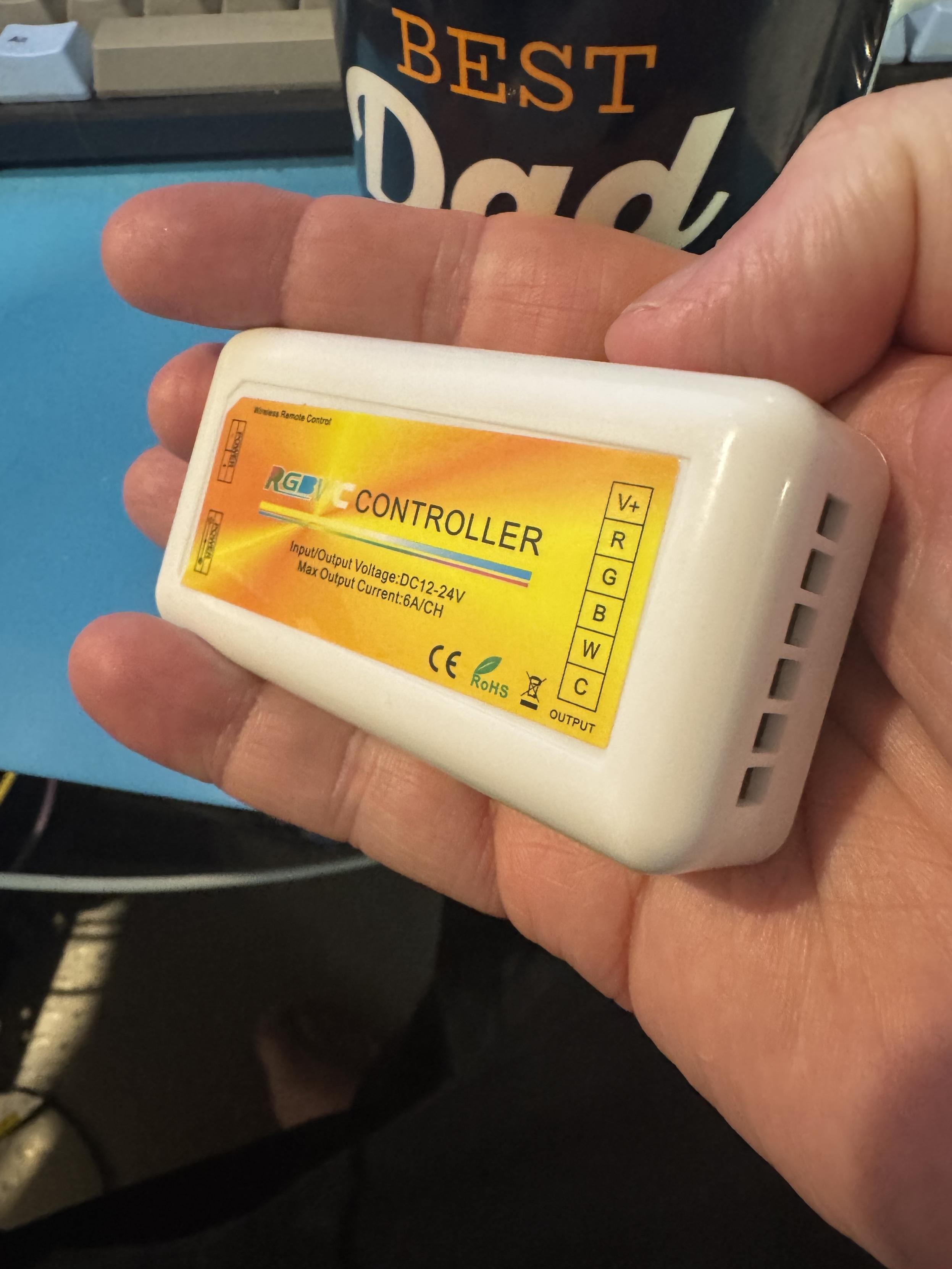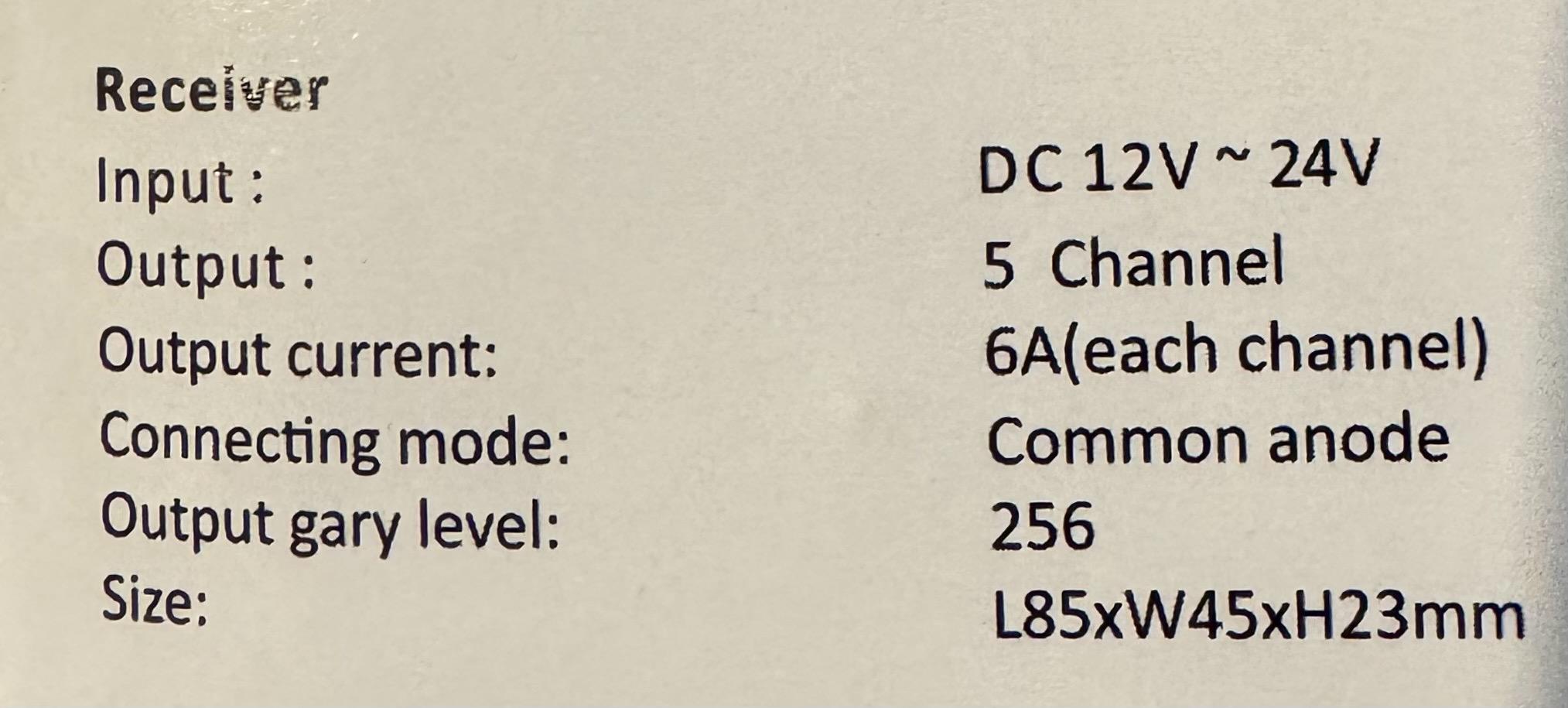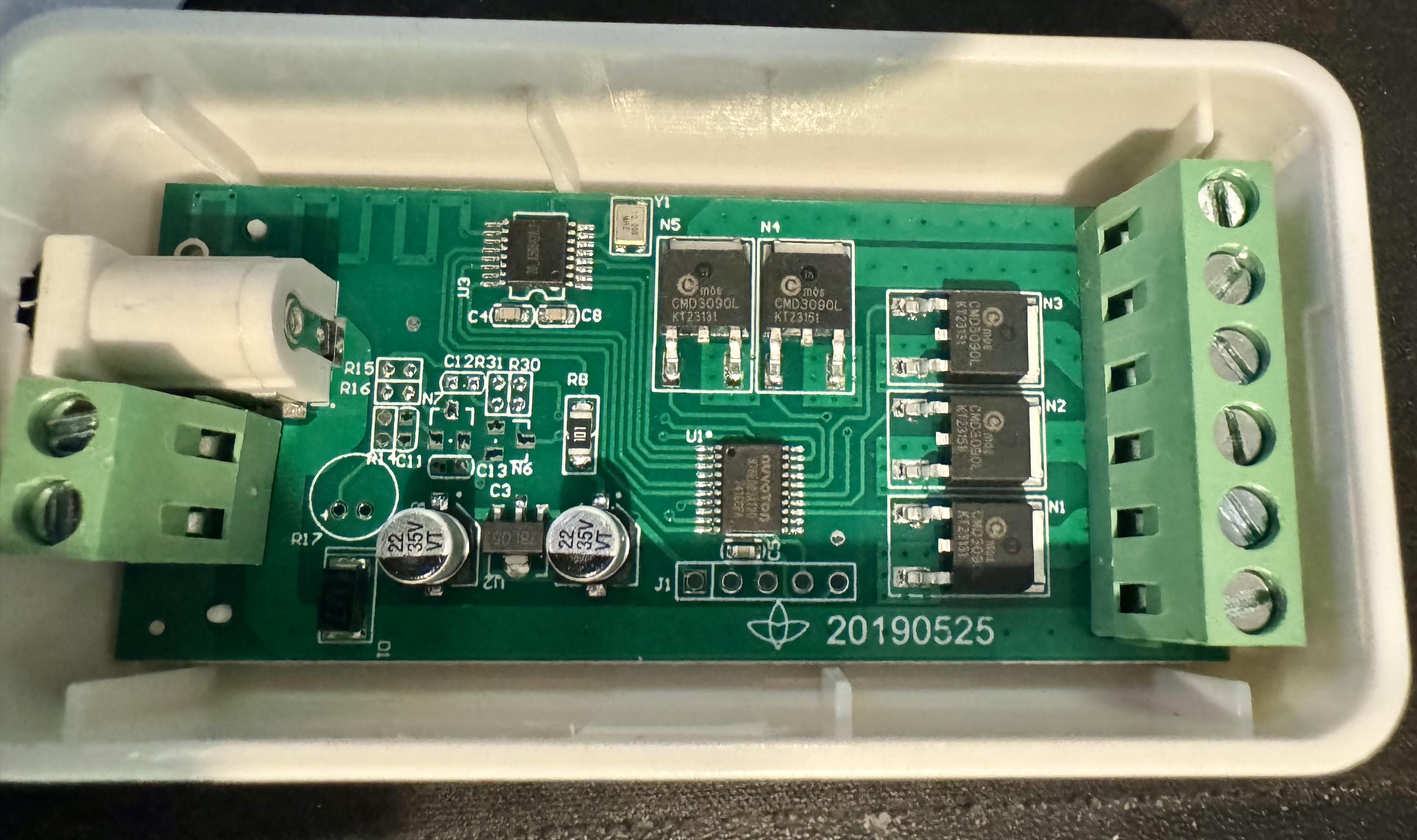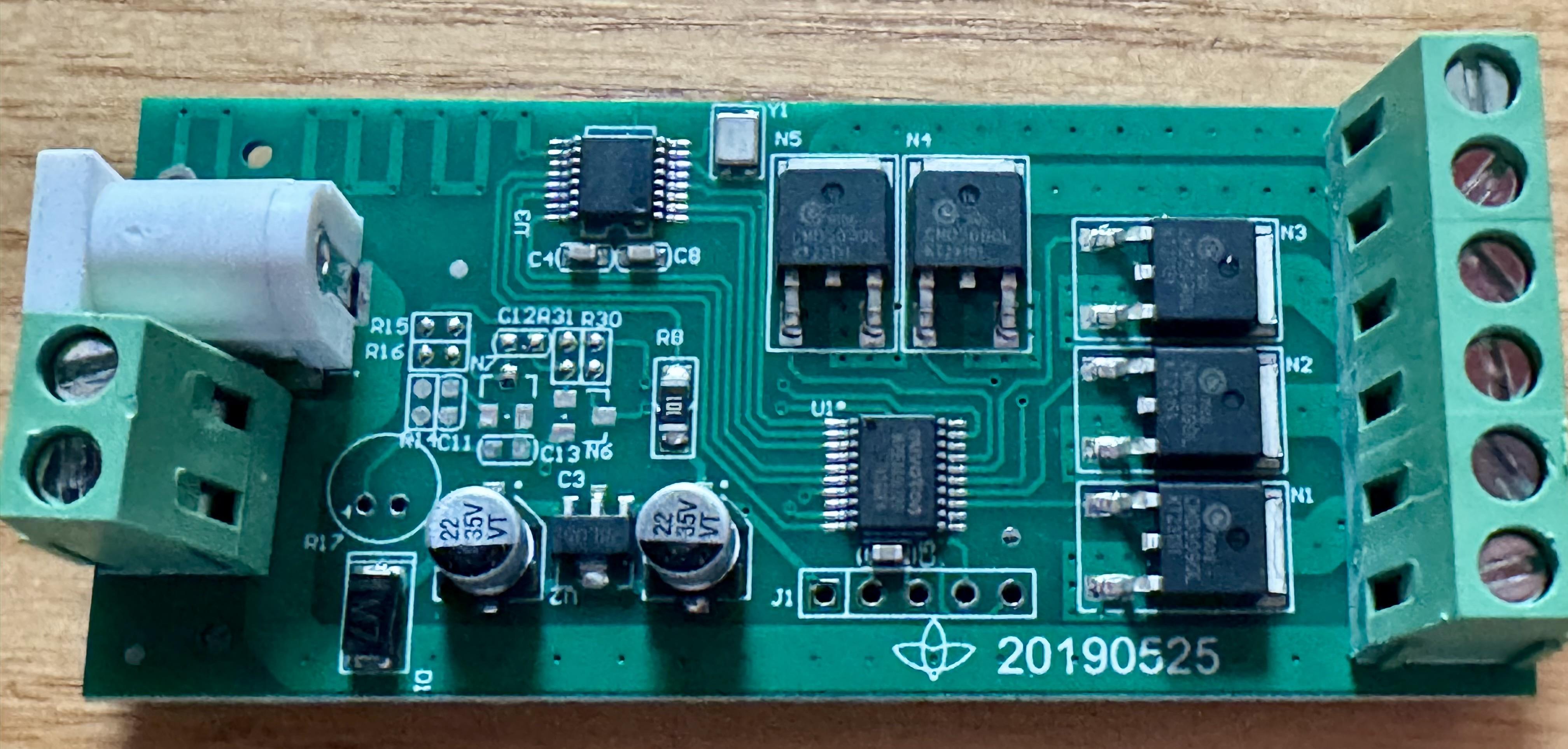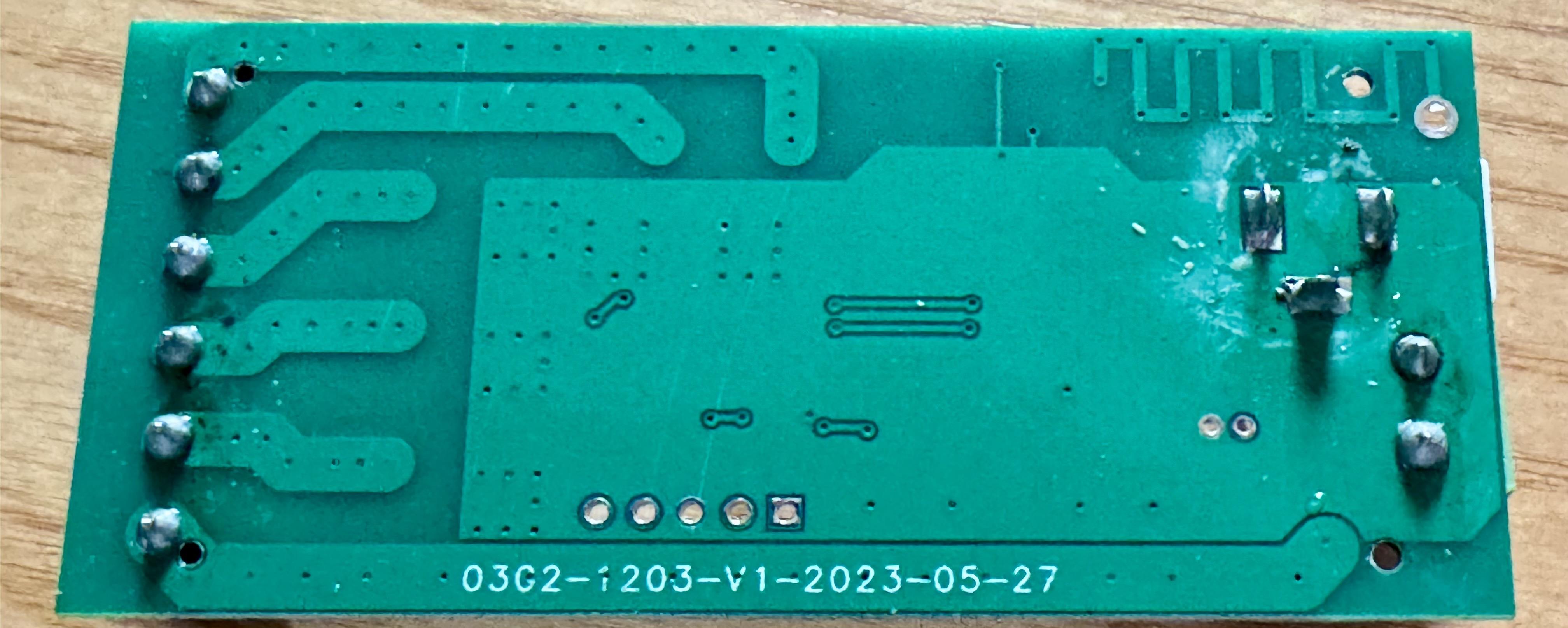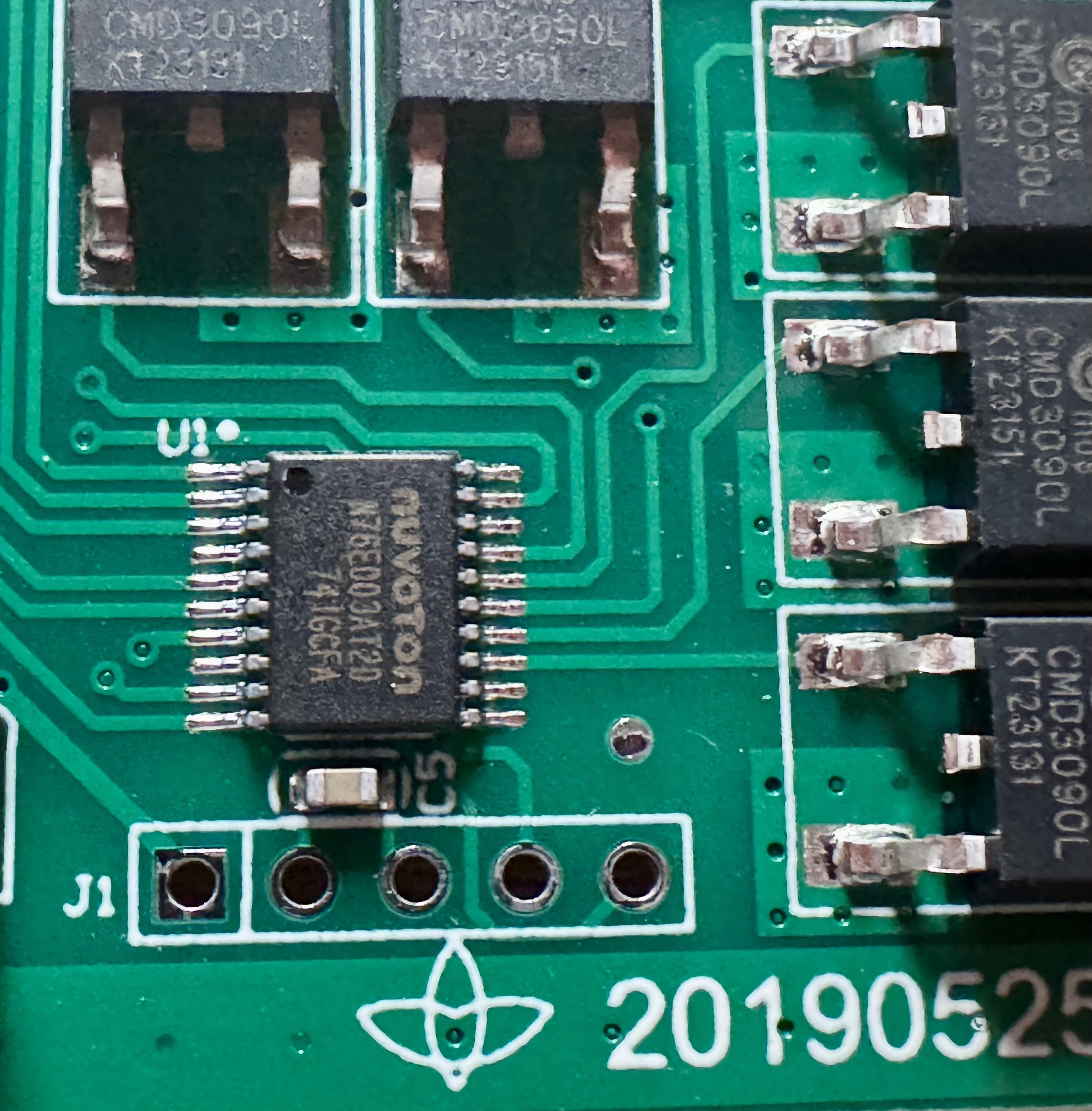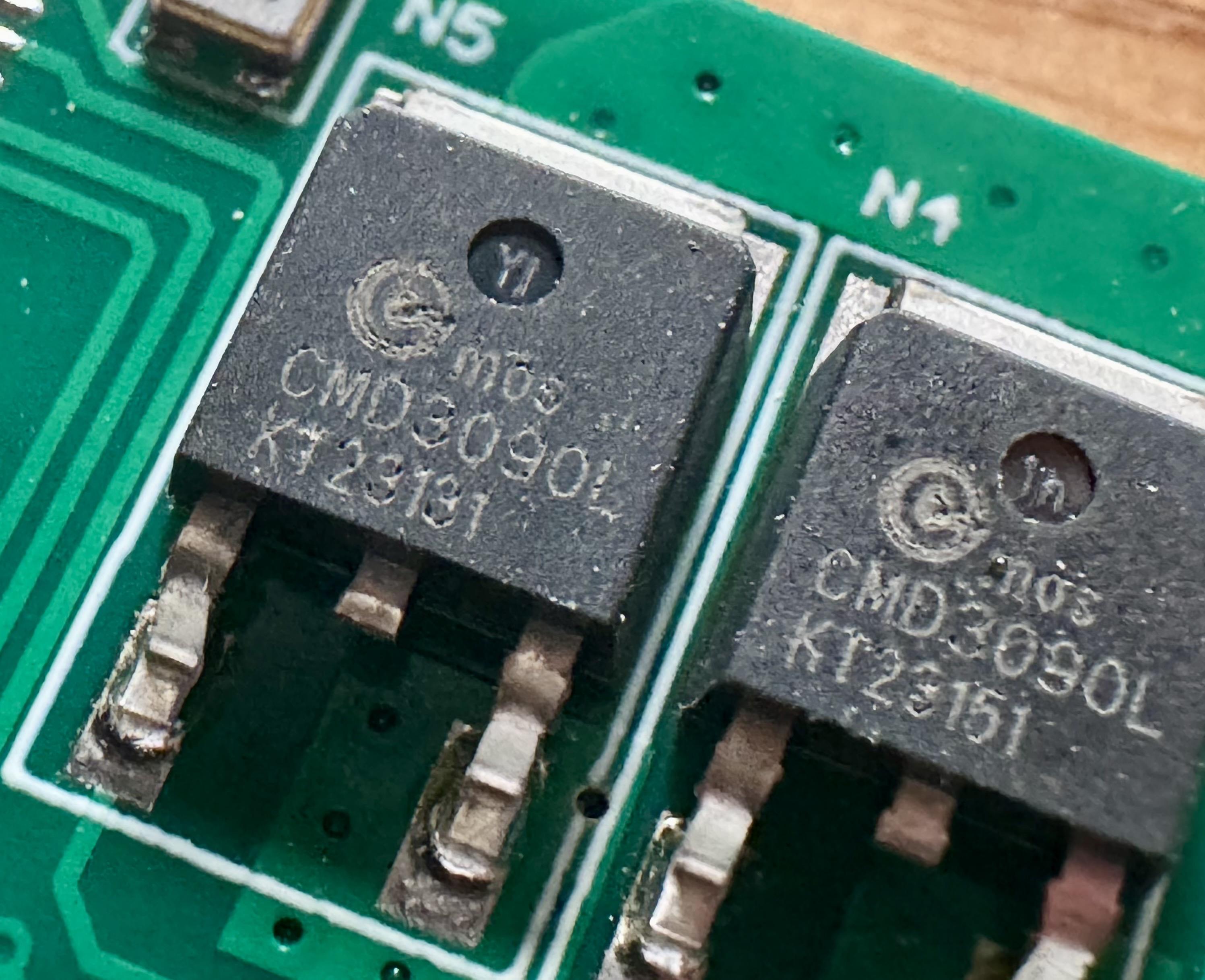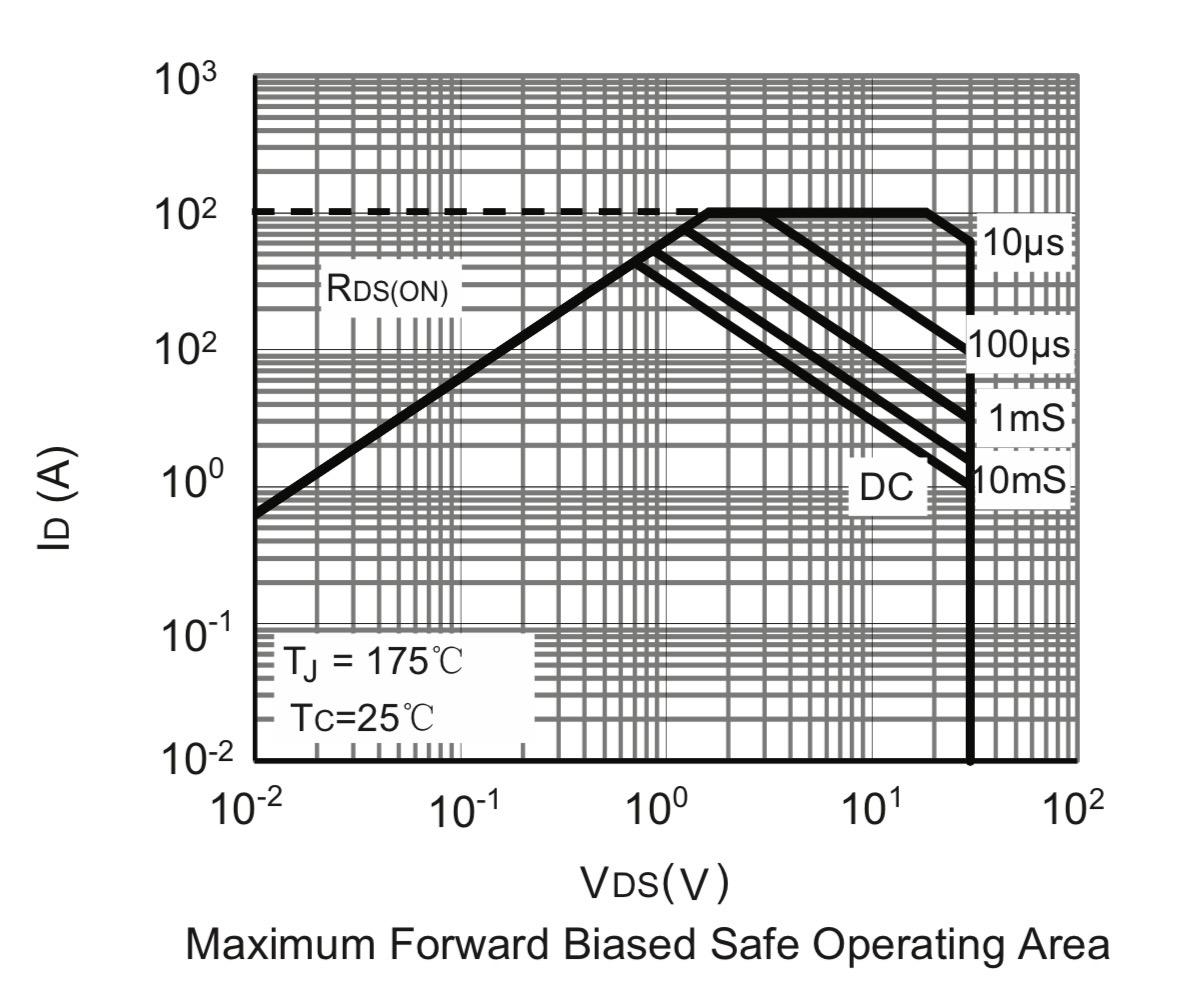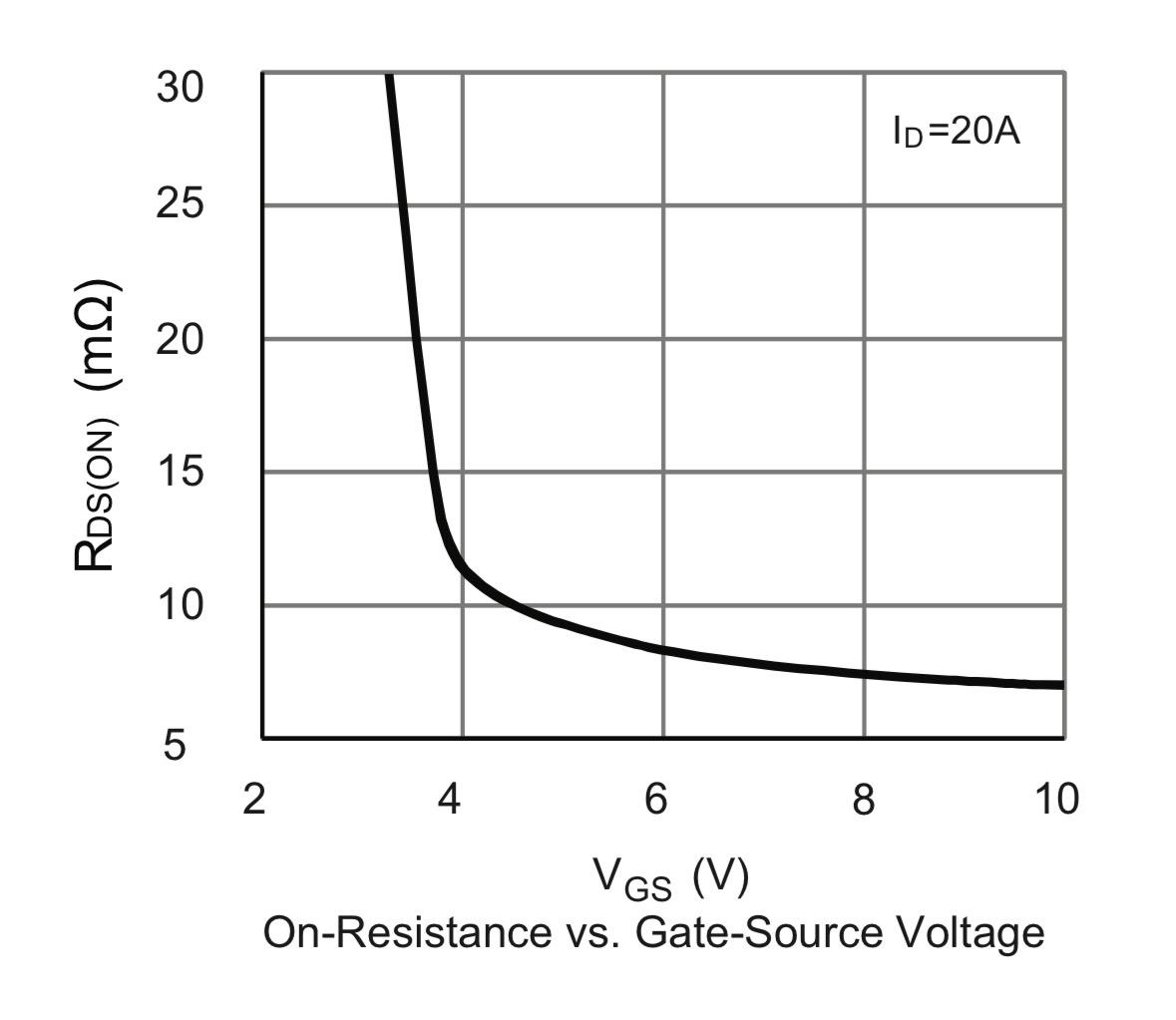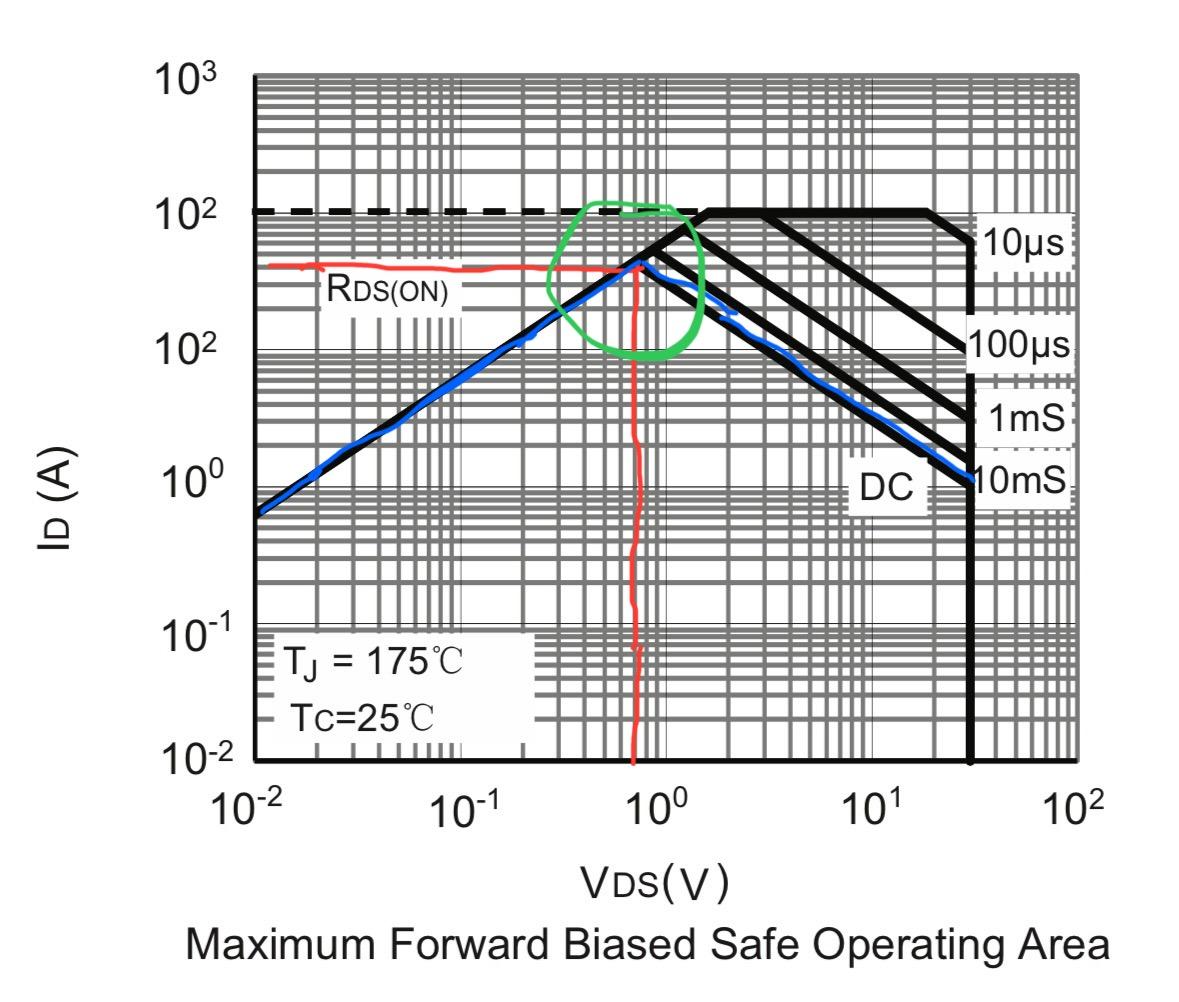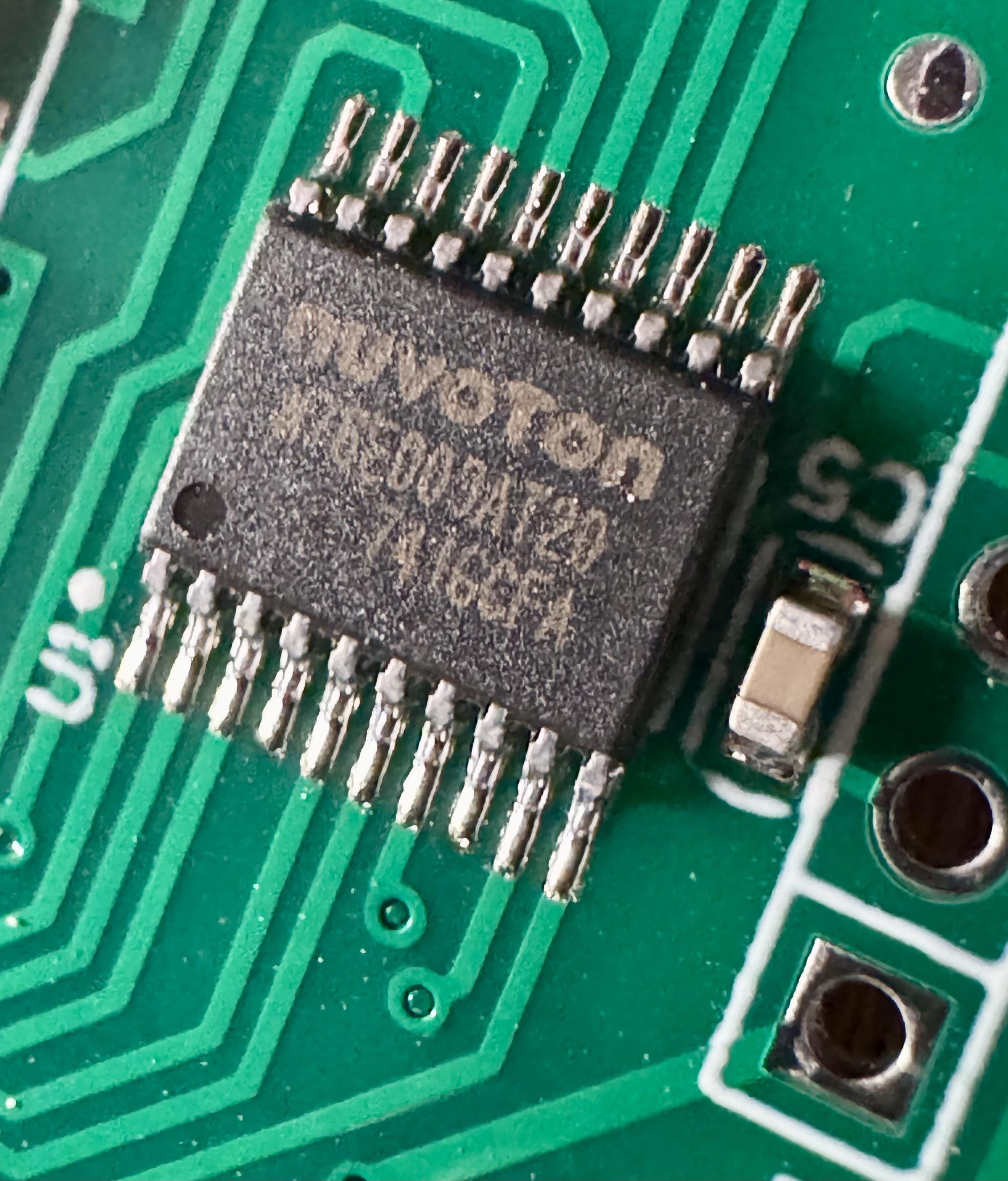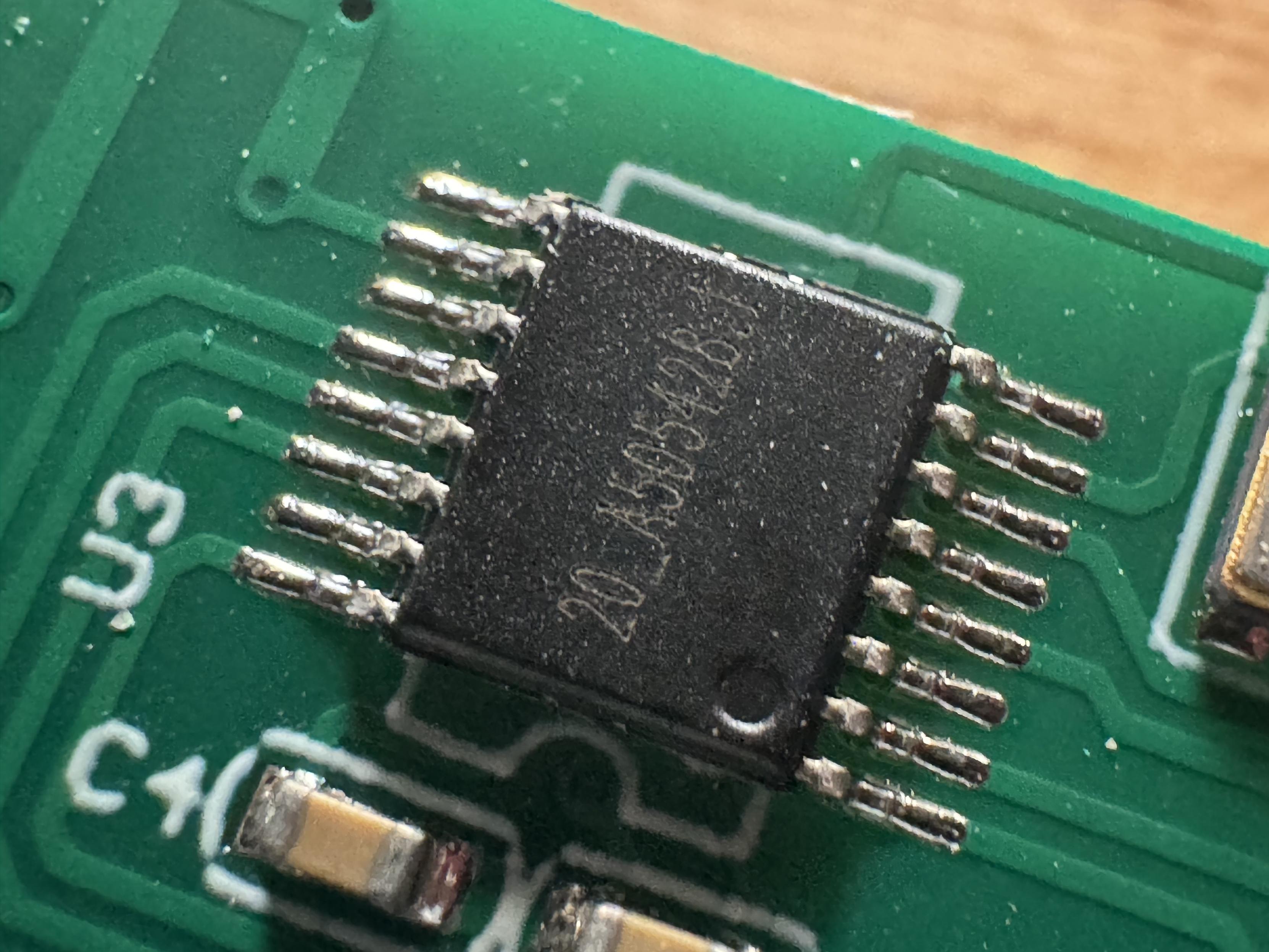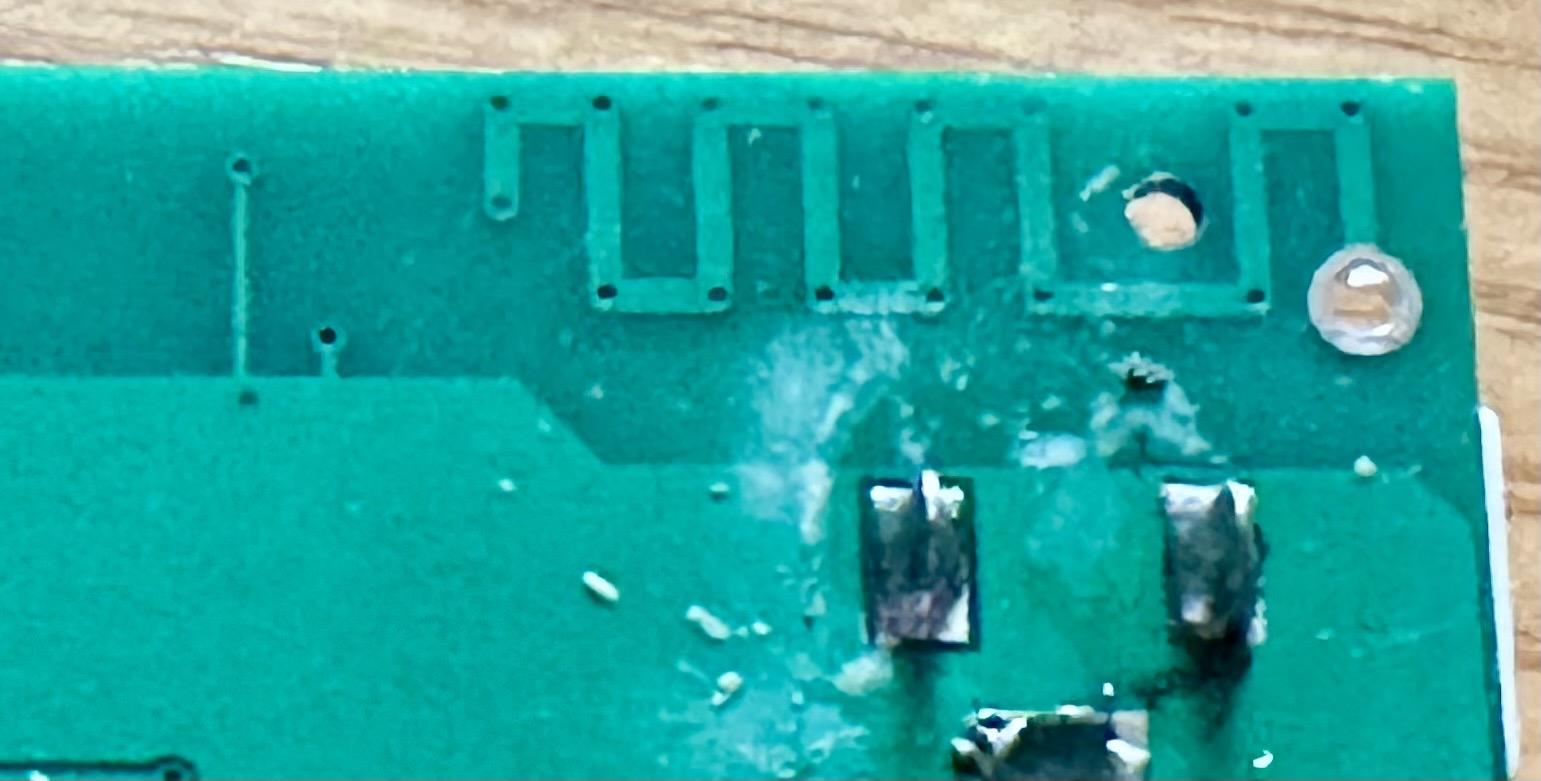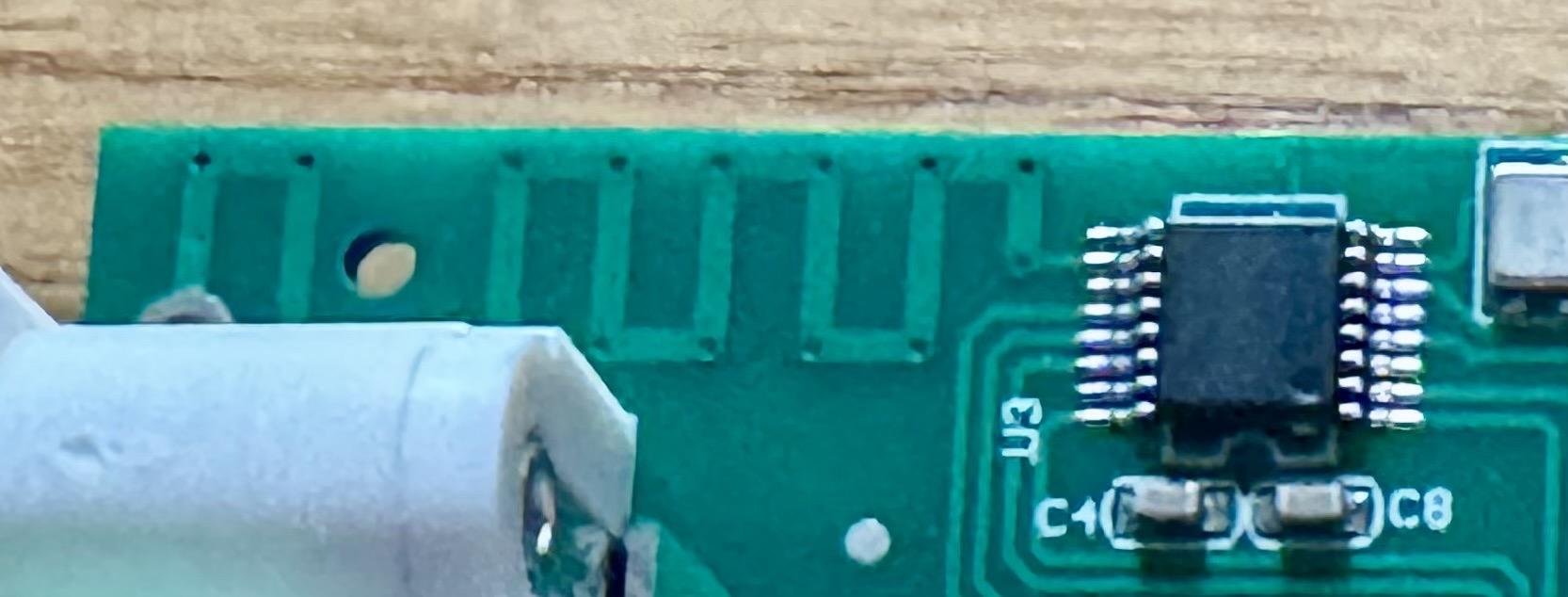Just quietly, I don’t think this thing will handle 720W of power being PWM controlled through it. I also don’t think the input and common-output terminals will handle 30A… #StraightOuttaShenzen
Discussion
@jpm Maybe it's like one of those Bajillion-Watt GaN chargers — the claimed power rating is if you use only one channel at a time, and it's the momentary peak before self-destruction? Whoever Gary is, it appears he's made a five-shot smoke generator.
Right, let’s tear it open, of course! 4 surprisingly-strong clips hold the back of the case on.
As I suspected, input and output terminal blocks appear to be clone Phoenix Contact PT-1,5-{2,6}-PH-5,0 which are rated at 10A nominal per connector. Yeah the connectors will do 6A max per channel, but only with one channel active. Also not with that barrel jack connector either…
Directly driving big MOSFET gates from MCU GPIO pins? Oooooooof that’s a recipe for disaster.
Speaking of MOSFETs, our contestant today is the CMD3090L. Headline features: 30V V(d-s), 90A I(d), 8.5mΩ R(d-s)(on), “low gate charge”
English-language datasheet (ooh!) appears to be available at https://img.eecart.com/dev/file/part/spec/e26673a39ced4abdbe0dfaf440b1e2c7.pdf
The datasheet does not appear to miss any specifications, so there’s a good chance that the part will perform as described.
So let’s take a closer look at the datasheet. The headline I(d) is specified as continuous current, that’s a good sign! Pulsed drain current up to 360A, nice, but the devil is in the details. Specifically, the detail of the “safe operating area” plot. At least this part has a safe operating area plot, many extremely cheap and dodgy part datasheets don’t.
Apart from the obvious issues, the other issue here is that there’s no indication of what V(g-s) was for this, because R(d-s)(on) is affected by V(g-s). Also, P=I²R and now we are talking about power dissipation too
So, take a look at the DC rating line in the safe operating area, and where it peaks - about 0.7V V(d-s) and 40A I(d). LIAR LIAR PANTS ON FIRE!!!
That being said, 6A should be pretty easy for these MOSFETs to handle as long as V(g-s) is high enough. And surprisingly, the datasheet claims that T(rise) and T(fall) are quite respectable at 4ns. T(delay)(off) is a bit ordinary at 20ns though, but a claimed 2kHz PWM period and possibly 8-bit PWM width should be fine.
But what exactly IS the V(g-s)? Probably 5V, given the presence of the 78L05 linear voltage regulator in between the 2 electrolytic capacitors. A linear regulator dropping 24V to 5V? Owwwwwwwww hothothothothot.
Anyway, MOSFETs can probably handle the job, but the power connectors can’t. What about the brains of the operation? The Nuvoton N76E003
16MHz 8051 CPU *drink*
PWM seems to be 16 bit wide, but device is only claiming 8 bits? I wonder if they are actually doing a gamma curve?!
Now what the hell is the “2.4GHz RF remote” chip? It was a shit to photograph, I think the surface finish on it is a bit weird? I can’t find any immediate results…
They are either very confident in their PCB antenna, or they don’t give a flying fuck, because there’s no RF impedance matching going on - usually there’s a Pi filter consisting of 2 capacitors and an inductor at least.
… waitaminute, did they just mirror the antenna on the back of the PCB, and then STAPLE THE TWO MIRRORS TOGETHER WITH VIAS ALONG THE ENTIRE PATH?!
If only the Fediverse had #electronics and #radio folks who could tell me that this isn’t entirely batshit insane
@jpm Run wild live dangerously
@jpm hey, it’s fine… for the couple of amps it ought to be rated for. Wait but where’s the pull-down resistor… you don’t want that floating at boot up…
@jpm I'd love to see it PWM controlling a relay switching tens of amps. Just to hear the buzzing and smell the ozone.
@jpm Also, what's a gary? Is that like an Australian sparky's unit of something or other? "Yeah, sorry mate, this thing only delivers 256 garries and you need at least 300 for a 30-bazza load. I suppose you could attach a coupla 18-shane Trevors to it to even things out, but I wouldn't advise it".
@jpm Maybe any one port can deliver up to 6A, you just can't use them all at once full bore?
When I used portable DMX dimmers they were often 3 sockets, each allegedly 10A, but the dimmers were plugged into a standard 10A/240V GPO. So you could have (say) (10/0/0) or ( 3/5/2) on it, but not 5/5/5/. Fine for things like 800W incandescent fixtures or smaller stuff, though I found it was safer to keep the draw down around 9A total. Nothing worse than the whole stage going dark in the middle of the big finale.
I noticed later models coming out with 7A sockets.
bonfire.cafe
A space for Bonfire maintainers and contributors to communicate
